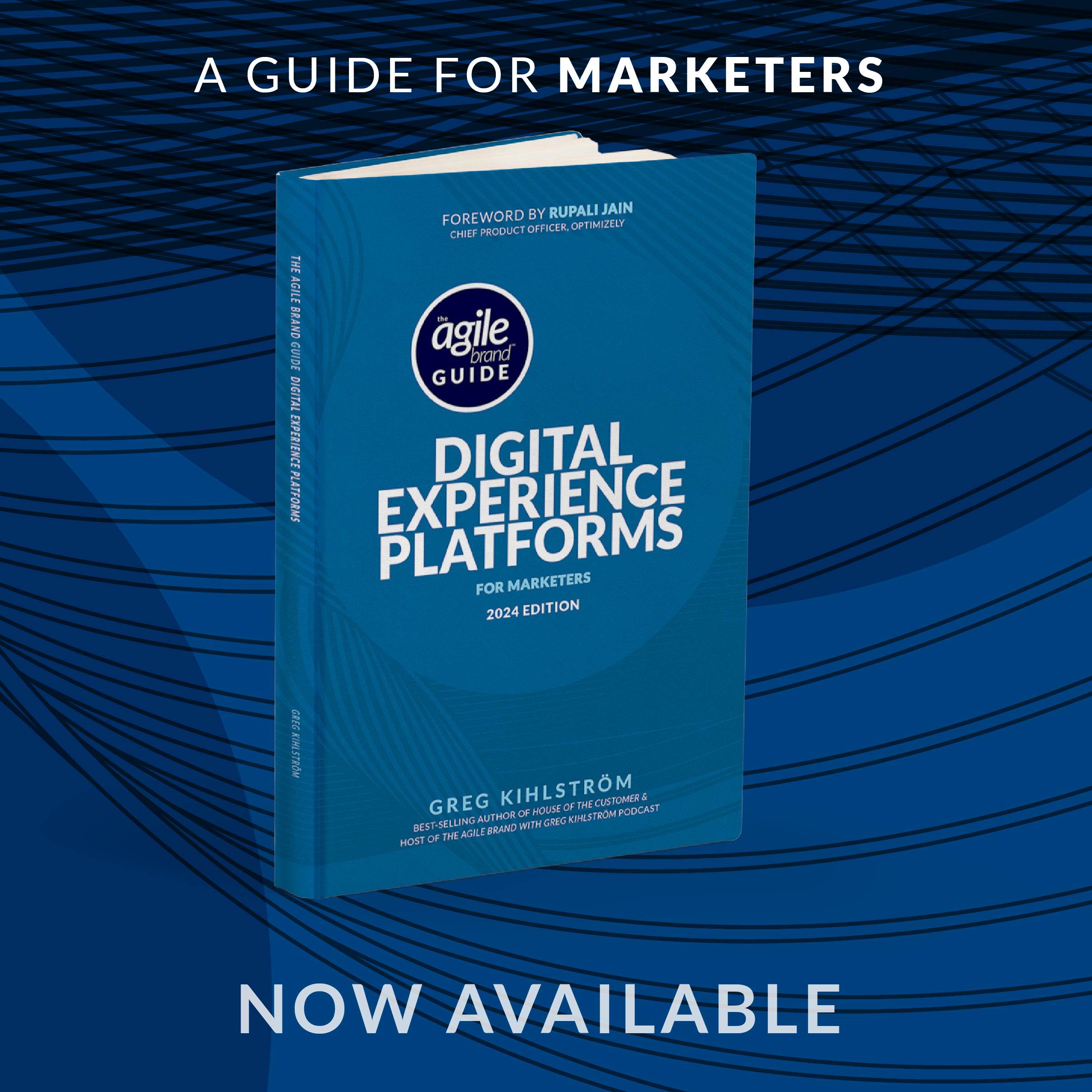Continuous improvement is a process of constantly enhancing and refining marketing strategies to achieve maximum efficiency and effectiveness. This approach allows marketers to stay competitive in the ever-changing landscape of the industry and ensure that they are consistently delivering value to their customers. In this article, we will explore what continuous improvement means for marketers and how to apply it to your strategy for better results.
1. What is continuous improvement?
Continuous improvement is a philosophy that involves seeking out opportunities to make incremental improvements in various aspects of a marketing strategy. This can be achieved through data analysis, experimentation, and collaboration with other departments. The goal is to identify areas for improvement and implement changes that lead to better outcomes. By embracing a continuous improvement mindset, marketers can remain agile and adaptable to changing customer needs and market trends.
2. The Benefits of Continuous Improvement
Continuous improvement offers many benefits for marketers, including increased productivity, higher customer satisfaction, and better ROI. By consistently analyzing and refining your marketing strategy, you can identify opportunities to streamline processes, reduce waste, and deliver more value to your customers. This not only leads to better results but can also improve overall team morale and satisfaction as progress is continually being made.
3. Applying Continuous Improvement to Your Strategy
Implementing continuous improvement into your marketing strategy requires a commitment to ongoing analysis and experimentation. Start by defining your key performance indicators (KPIs) and regularly tracking data to identify areas for improvement. Then, brainstorm solutions and implement changes to test their effectiveness. It’s critical to involve all relevant team members in this process, gather their feedback, and collaborate on implementing changes that work best.
4. Common Continuous Improvement Tools and Techniques
There are various tools and techniques that marketers can use to implement continuous improvement more effectively. For instance, Lean Six Sigma can help identify inefficiencies and waste in processes, while Design Thinking can be used to solve customer problems and generate new ideas. Additionally, A/B testing and multivariate testing can help assess the effectiveness of various strategies and identify areas to refine and optimize.
5. Measuring the Success of Continuous Improvement
Continuous improvement requires ongoing measurement and analysis of your strategy’s effectiveness. By evaluating KPIs regularly, you can track the success of your improvements and make further changes where necessary. Using metrics like customer feedback, conversion rates, and ROI will enable you to evaluate the effectiveness of your marketing initiatives continually.
Continuous improvement is essential for marketers looking to stay ahead in a rapidly evolving industry. By constantly refining your marketing strategy, you can make incremental improvements that lead to better results and higher customer satisfaction. Apply a continuous improvement mindset to your marketing strategy with a focus on data analysis, experimentation, and collaboration. Use tools and techniques such as Lean Six Sigma, Design Thinking, and A/B testing to refine your marketing strategy effectively. By tracking metrics, including customer feedback, ROI, and conversion rates, you can accurately measure the success of your continuous improvement efforts. Embrace the philosophy of continuous improvement, and you’ll stay competitive and positioned for success.
Original Source:
Blog – GK5A – Agile Business Transformation
Original URL:








